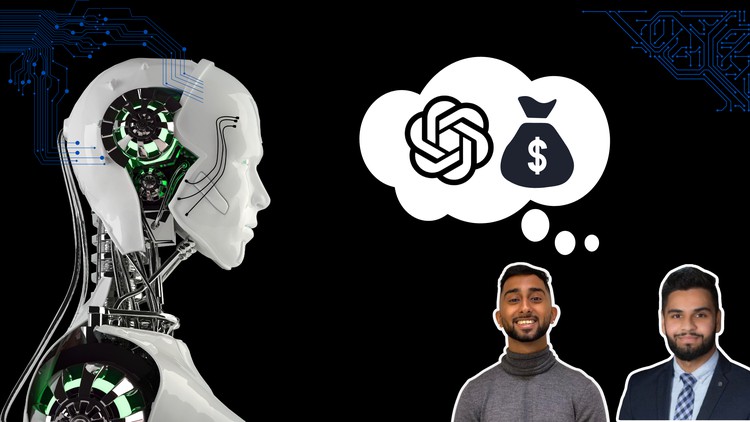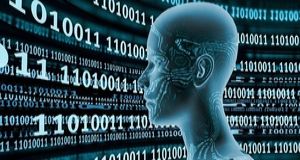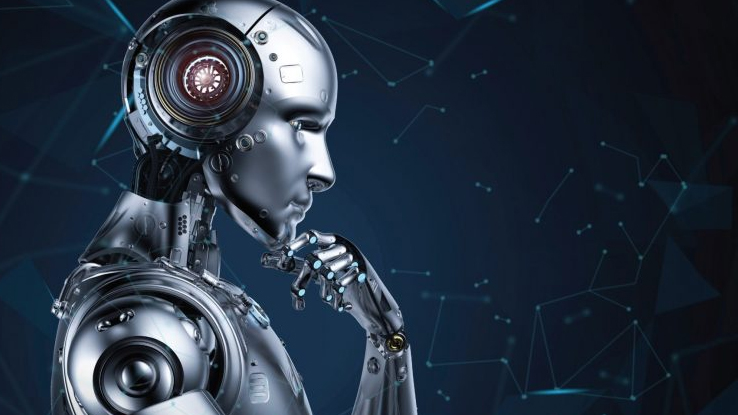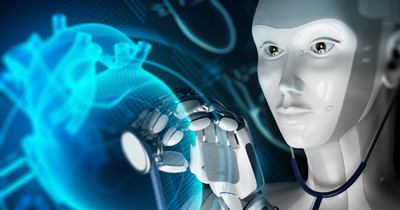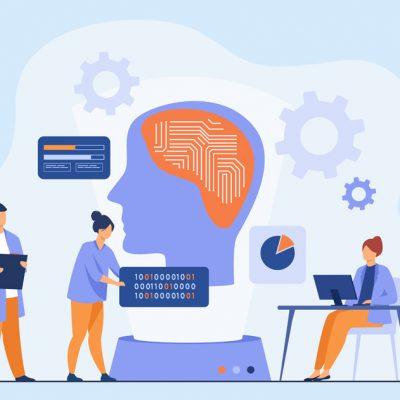Deep Learning and its future:
Deep Learning is a subset of machine learning, which is a subset of Artificial intelligence(AI). AI is a simulation of human intelligence in machines. Hard-coded computational algorithms perform intellectual tasks, with each calculative move, to yield the best outcome. Artificial Intelligence (AI) is famously used in the field of visual perception, speech recognition, decision-making and language translation. While Artificial Intelligence depends on programmed intelligence, a machine-learning algorithm relies on real-world data.
Machine Learning builds its model, by extracting information from real-world data; the more data is fed, the more accuracy is increased. The computational algorithm is used to make predictions for future events. But what about the future of the algorithm?
Deep Learning involves using neural networks with multiple virtual layers, to analyze and model complex data. Each neuron is connected to every neuron in the layers of the network above and below (therefore called ‘deep’), receives the input, and makes the decision whether to pass on the information to the next layer of neurons above it. These neural networks acquire the understanding to represent received data, perform tasks and make predictions, without the involvement of humans at each stage of executing the task. As a result, the framework of these neural networks is usually compared to brain neurons.
The availability of large data sets was a great enabler to train deeper networks and the development of open-source and flexible software platforms helped in the simplification of complex deep multiple layers. There is no more need for manual extraction of data and feeding to a machine learning model. Deep learning automates feature engineering, learning and simplifying the data.
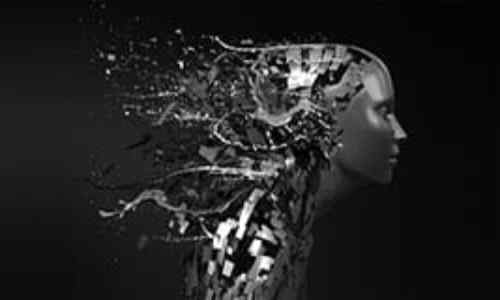
Deep Learning from Scratch
Last Updated: 2022-04-25
In this Deep Learning with Python Training we will learn about what is AI, explore neural networks, understand deep learning frameworks, implement various machine learning algorithms using Deep Networks…
We use deep-learning models in our day-to-day functions:
- Virtual assistants, like Alexa, Google Assistant and Siri use deep learning algorithms to convert spoken commands and then respond accordingly. This speech recognition process is known as natural language processing.
- Understanding the user’s preferences and behaviour, and providing them with personalised responses and recommendations. A good example is the targeted advertisements propping up on the screen of your device, and website personalisation.
- Deep Learning is used in healthcare applications like disease diagnosis, and drug discovery.
- It is an excellent algorithm to detect fraud and credit risk analysis.
- Traders use algorithmic trading.
- Deep learning is also used in image and video recognition, and used in security cameras, self-driving cars and photo tagging.
- Lastly, deep learning is also used for targeted advertising and customer segmentation.
With such a heavy reliance on machine learning models, the inevitable question arises:
Is the future of Deep Learning bleak or bright?
The future prediction regarding deep learning reeks of optimism. Experts predict that with more availability of data, deep learning will function efficiently. Advancements in hardware, like graphics processing units, will facilitate the training of models with large sets of complex data.
Due to the interdisciplinary nature of the field, development in similar fields will foster development and research in deep learning.
However, everything is not all bright. It has been observed in recent years, that the main component used in deep learning models, the neural networks, lack efficiency and flexibility.
We know, that, when the data set increases, computation increases, which improves the working of Deep Learning. But scaling up doesn’t resolve the problem with deep learning.
Deep Learning requires a large amount of labelled data to train models. In the event of rare data, the deep learning model struggles to deal with it. There is a lack of interpretability by models, i.e., it is not well-known how the conclusion arrived. There can be biases perpetuated in the training model, which present inaccurate information.
The problem is, that, machine learning models are based on the idea that real-world data has the same as world data. But the data changes and the current deep learning systems are not accustomed to changes, as efficiently as humans do. So the efficiency takes a hit when a conversion from lab to field. Therefore, despite significant advancements, AI scientists strive to simulate human intelligence, and the deep learning model has a long way to go, to bridge the gap.



